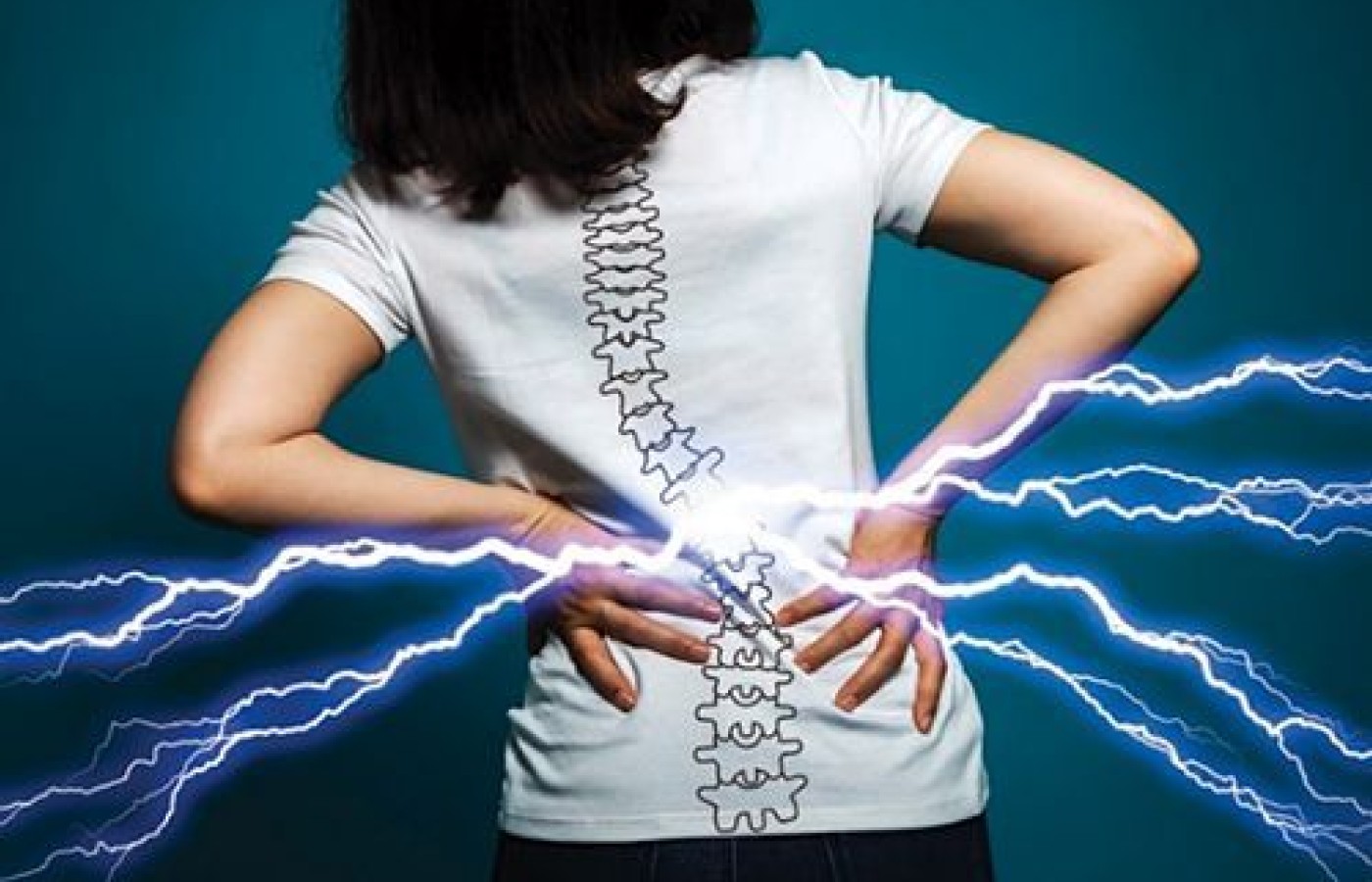Recent laws in New Jersey and California represent a disturbing trend that will negatively impact a practice’s ability to collect monies from patients, as well as expose them to significant penalties if the practice does not follow the mandatory guidelines to a T. Please be aware that a similar law may be coming to your state. The time to act is before the law is passed.
Lancet LBP Series: Relevance to the Chiropractic Profession
The Lancet Low Back Pain Working Group consists of a team of leading international experts on back pain from different professional backgrounds and from countries around the globe. The group published a series of three papers in The Lancet on March 21, 2018, and have subsequently received significant media attention. Here is a summary of the relevant data from these three important papers.
Pt. 1: "What Low Back Pain Is and Why We Need to Pay Attention"1
Epidemiology: In 2015, the global point prevalence of activity-limiting low back pain was 7.3 percent, or 540 million people. Low back pain is now the No. 1 cause of disability globally. The most recent WHO Global Burden of Disease document (2015) indicates this disorder is the No. 1cause of disability globally.
Clinical Course: A large systematic review provides strong evidence that most episodes of low back pain improve substantially within six weeks, and by 12 months average pain levels are low (six points on a 100-point scale).
However, 67 percent of patients still report some pain at three months, and 65 percent at 12 months. Another 2017 systematic review found that approximately 33 percent of people would experience a recurrence of low back pain within 12 months of recovering from a previous episode.
Socioeconomic Predictors: Those who completed less than a high-school education and have an annual household income less than $20,000 are most likely to suffer from persistent low back pain. Suggested mechanisms for these risk factors include environmental and lifestyle exposures in lower socioeconomic groups, lower health literacy, and decreased access to health care. Also, being in manual occupations and having increased physical workloads is associated with disabling low back pain.

Additional predictors of poor prognosis include: number of previous episodes; higher intensity of pain; presence of leg pain; high BMI; smoking; lack of physical activity; depression; catastrophising; fear avoidance beliefs; work satisfaction.
Pt. 2: "Prevention and Treatment of Low Back Pain: Evidence, Challenges, and Promising Directions"2
The vast majority of widely promoted interventions (e.g., workplace education, no-lift policies, ergonomic furniture, mattresses, back belts, lifting devices) to prevent low back pain are not supported by research evidence. The most widely accepted clinical practice guidelines for acute and chronic low back pain are:
- Acute low back pain- advice to remain active and education are the only first-line treatments with adequate evidence.
- Chronic low back pain- advice to remain active, education, exercise therapy and cognitive behavioral therapy are the only first-line treatments with adequate evidence. Most other treatment (including spinal manipulation) are considered second-line or adjunctive treatments.
There are significant gaps present between recommendations in these guidelines and the reality of clinical practice. The main gap, according to the working group, is the "overuse of low-value care and underuse of high-value care." Additional evidence-practice gaps highlighted include:
- Only 50 percent of patients with chronic low back pain are prescribed exercise therapy.
- High utilization of electrical modalities, which have been shown to be ineffective.
- Patients often present to the ER for evaluation of low back pain (~4.4 percent of all ER visits), even though very few cases are true emergencies.
- Up to 56 percent of patients are referred for imaging by general practitioners.
- Opioids are being prescribed for approximately 60 percent of low back pain patients seen in the ER.
- Global studies indicate high rates of spinal fusion despite a very limited role in low back pain- fusion is three times more expensive and has two times the rate of complications versus decompression surgery.
Some of the key challenges to implementing best practices for low back pain include inadequate consultation time, poor knowledge of clinical guidelines, practicing defensive medicine and the desire to fulfill the wishes of patients.
The most intriguing solution proposed to address the low back pain crisis was to reconfigure the entire LBP clinical pathway, from first contact through to specialized care. This has huge potential benefit to the chiropractic profession, as we are perfectly suited to act as the first-contact provider for these patients. The primary spine provider program, currently running at the University of Pittsburgh,3 offers a certification for chiropractors and physical therapists promoting such an approach.
Pt. 3: "Low Back Pain: A Call for Action"4
The three-part series ends with a call for action to meet the challenges associated with preventing disabling low back pain in three domains: political, public health and health care.
- Political challenge: Call on the World Health Organization to put disabling low back pain on the target list for all nations. Additionally, international leaders are being challenged to fund public health programs and increase research funding for the prevention of this disorder.
- Public health challenge: Leaders are challenged to implement strategies for primary prevention of low back pain integrated with other chronic conditions, develop strategies to address modifiable risk factors, and change workplace policies that do not improve, support or promote return to work.
- Health care challenge: Develop interventions to address misconceptions about low back pain among health professionals, promote patient self-management, investigate evidence-practice gaps, build consensus regarding care pathways, eliminate reimbursement for inappropriate tests and procedures, and finally, introduce incentives for effective and efficient care.
Our Opportunity
This series of papers did an excellent job framing the global low back pain crisis. Popular television shows ran headlines such as "New Report Warns of Widespread Ineffectiveness of Lower Back Pain Treatments."5 Patients, along with the health care system in general, are begging for a better solution to this crisis. Is the chiropractic profession willing to step up and take a more prominent role to fill this need?
References
- Hartvigsen J, et al. What low back pain is and why we need to pay attention. The Lancet, March 21, 2018; e-pub ahead of print.
- Foster NE, et al. Prevention and treatment of low back pain: evidence, challenges, and promising directions. The Lancet, March 21, 2018; e-pub ahead of print.
- University of Pittsburgh Primary Spine Care Certification Program: www.psp.pitt.edu/.
- Buchbinder R, et al. Low back pain: a call for action. The Lancet, March 21, 2018; e-pub ahead of print.
- "New Report Warns of Widespread Ineffectiveness of Lower Back Pain Treatments." ABC News, "Good Morning America" Health Alert, March 21, 2018.



